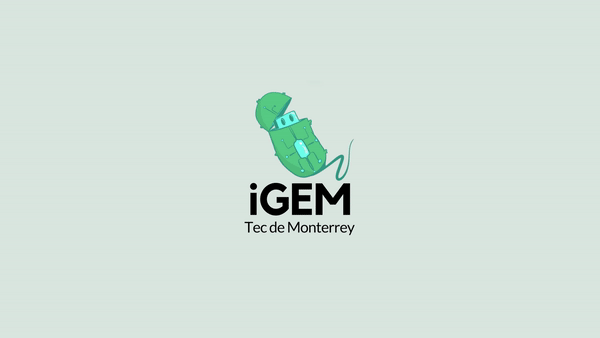
Background
In 2017, an article calling DNA “an excellent medium for archiving data” was published in Nature Magazine. The research conducted by PhD. Shipman and PhD. Church tested the ability of CRISPR-Cas associated proteins, Cas1 and Cas2, as integrases in the addition of nucleotides to bacteria’s genome in a deliberate, designed fashion, enabling the writing of arbitrary information inside the genome. This way, any particular sequence of DNA can be inserted into bacteria’s genome and then interpreted as any kind of information; whether it is code represented by the four base pairs of DNA, or a specific sequence representing a particular message. The work of these scientists concluded in the demonstration of DNA’s capacity of capturing and storing real data.The E. coding system takes this and the work of other synthetic biologists, such as PhD. Núñez and PhD. Farzadfard, to create a new possibility for DNA as an Information Technology.
E. coding aims for a system that is able to receive information from its surroundings, in the form of any stimuli that may internalize in the genome, to then store a DNA sequence in the bacteria’s genome, which is specific to a particular stimulus. This system essentially comprises a biological memory, which first operates as a biosensor and then as an information storage unit.
Module 1
Retrotranscriptase and Target DNA
Module 2
Cas1-Cas2 Complex
Module 3
Genomic Spacer Acquisition


